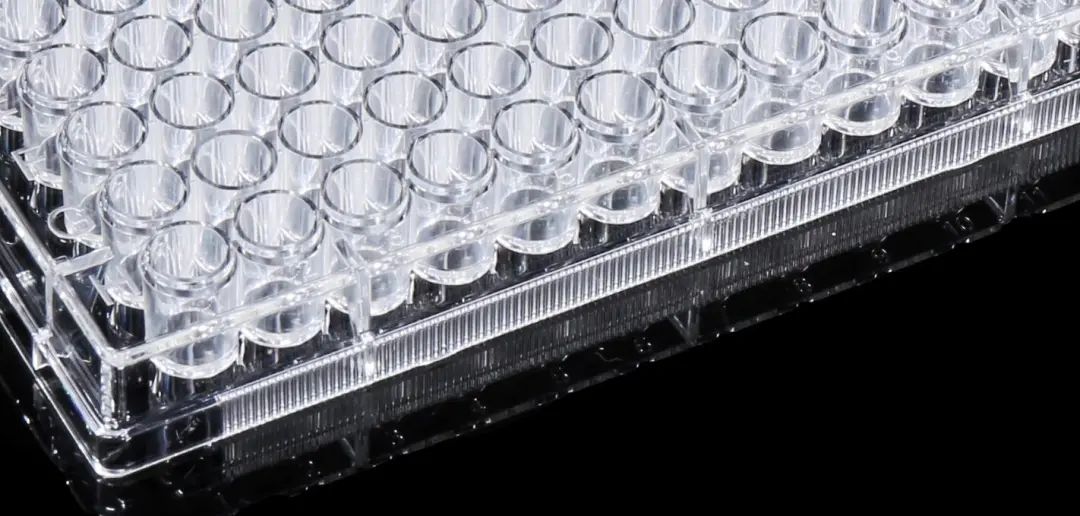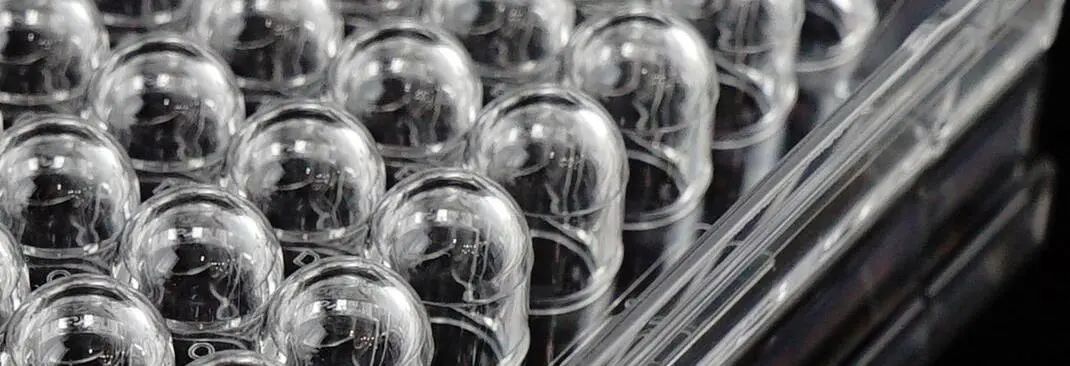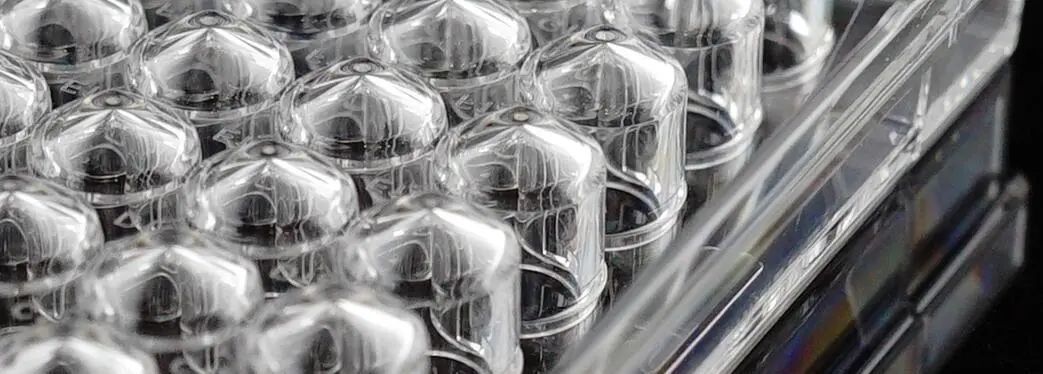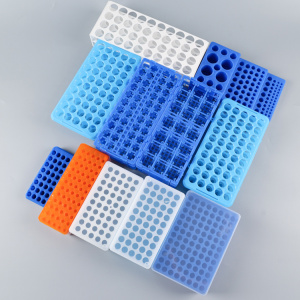How to choose the right ELISA plate for you?
There are many types of microplates, and people often do not know how to choose? how to choose?
Today, Yongyue will learn the selection skills of the microplate with everyone!

1. According to the difference of the bottom of the ELISA plate, it can be divided into flat bottom, U-shaped bottom and V-shaped bottom.
The flat bottom has a low refractive index and is suitable for detection in a microplate reader

The ELISA plate with U-shaped bottom has a high refractive index, which is convenient for operations such as sample addition, aspiration, and mixing. It can be directly observed by visual inspection of the color change without placing it on the microplate reader, so as to determine whether there is a corresponding immune reaction.

V-bottomed microtiter plate can accurately aspirate samples

2. According to the different binding ability of ELISA plate to protein and other molecules, it can be divided into high binding force, medium binding force and amination
high binding force
After the surface is treated, its protein binding ability is greatly enhanced, reaching 300~400ng IgG/cm2, and the molecular weight of the main binding protein is >10kD. The use of this type of ELISA plate can improve the sensitivity, and can relatively reduce the concentration and dosage of the coated protein, but the disadvantage is that it is easy to produce non-specific reactions. After antigen or antibody coating, non-ionic detergents cannot effectively block unbound protein sites, so protein should be used as a blocking agent.
Medium binding force
Passively combined with proteins via surface hydrophobic bonds, it is suitable as a solid phase carrier for macromolecular proteins with a molecular weight >20kD, and its protein binding capacity is 200~300ng IgG/cm2. Due to the fact that this type of ELISA plate only binds to macromolecules, it is suitable for use as a solid-phase carrier for unpurified antibodies or antigens, which can reduce potential non-specific cross-reactions. These plates can be blocked with inert proteins or non-ionic detergents.
Amination
After surface modification, it possesses positively charged amino groups whose hydrophobic bonds are replaced by hydrophilic bonds. This type of ELISA plate is suitable as a solid-phase carrier for small molecular proteins. Using the appropriate buffer and pH, its surface can bind negatively charged small molecules via ionic bonds. Due to the hydrophilic nature of its surface and its ability to be covalently bound by other cross-linking agents, it can be used to immobilize protein molecules dissolved in detergents such as Triton-100 and Tween 20. The disadvantage of this type of plate is that some protein molecules cannot bind due to the reduced hydrophobicity; in addition, its surface needs to be effectively blocked. Due to the hydrophilic and covalent surface properties, the blocking solution used must be able to interact with non-reactive amino groups and any functional groups in the chosen crosslinker.
Three, according to the color is divided into transparent, black, white
Transparent is the most commonly used and used for the most general ELISA experiments. Compared with the transparent board, there are also opaque boards for luminescence detection, generally black and white.

The black ELISA plate itself will absorb light, so its signal is much lower than that of the white plate, so it is generally used to detect strong light, such as fluorescence detection.
The white ELISA plate is used for weak light detection and is often used for general chemiluminescence. In addition, the black microtiter plate can also reduce the problems caused by non-specific reactions.
Some customers will ask whether it is possible to perform luminescence detection with a general ELISA plate, and the answer is no, because the light emitted from the chemiluminescence reaction is generally isotropic, that is to say, it is emitted equally in all directions. . If a transparent board is used, the light will radiate not only from the vertical direction, but also from the horizontal direction. It is easy to pass through the gaps between the various holes and the hole walls. In this case, when the light is strong, the influence between adjacent wells will be great, so the chemiluminescence experiment cannot be performed with a transparent ELISA plate.
Of course, there are detachable and non-detachable ELISA plates for customers to choose from now.




